|
As rated by reader views, here are the Top 10 Articles on Signal Integrity Journal for 2019. Thank you for your readership in 2019, and we look forward to bringing you many more great technical features in 2020!
|
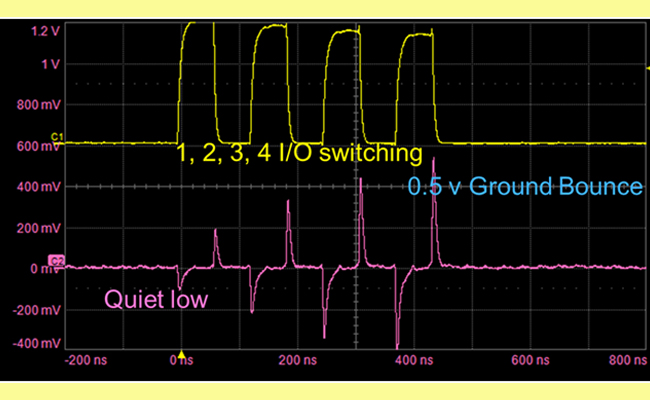
|
Seven Habits of Successful 2-Layer Board Designers
By Eric Bogatin
If performance matters, if the interconnects are not transparent, or if you want to develop good habits, you will want to incorporate these seven habits in your next two layer board design.
|
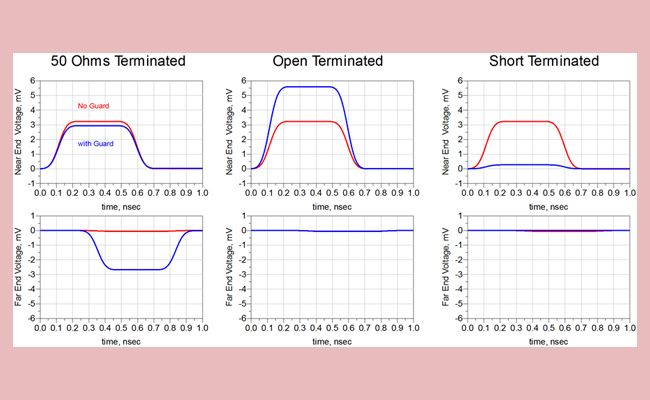
|
Guard Traces: Love Them or Leave Them?
By Eric Bogatin and Bert Simonovich
Ask any engineer how to reduce the cross talk between two signal traces and the most common answer will be to add a guard trace. This should be the last resort, not the first choice. Guard traces can often introduce more problems than they solve. Find out why in this article.
|
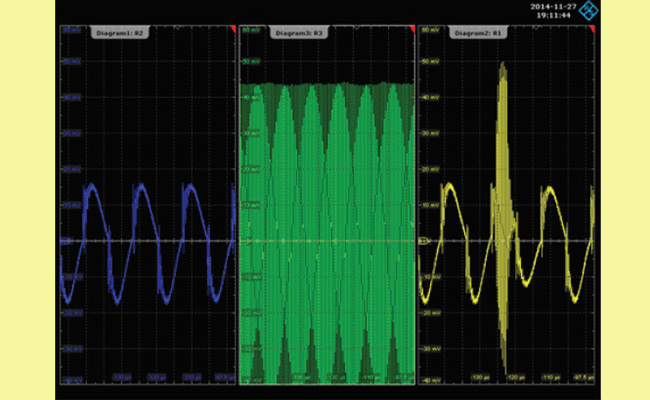
|
Target Impedance Is Not Enough
By Larry Smith, Steve Sandler, and Eric Bogatin
Target impedance has become a standard tool when designing a power distribution network (PDN). It establishes a limit to the highest impedance the power rail on the die should see looking into the PDN. If the PDN impedance stays below this limit, even the worst-case transient current from the die will generate an acceptably low rail voltage noise.
|
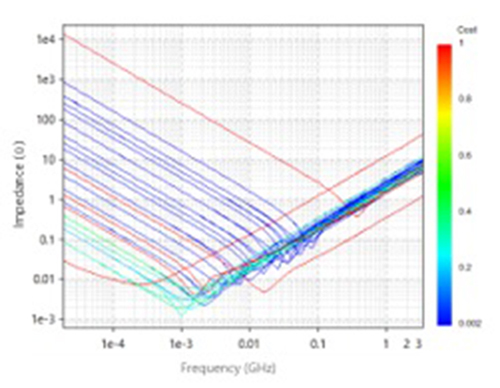
|
On-Board Decoupling Capacitor Optimization
By Shirin Farrahi and Wenjian Zhang
The goal of power integrity (PI) analysis is to ensure not only sufficient but also stable power to all chips in a system. This article uses the example of a DDR4 application to explain the choices surrounding the use of decoupling capacitors to reduce impedance, and which performance parameters are critical to success.
|

|
PCI Express Gen5 is Coming: What You Need to Know for Tx Measurements
By Rick Eads
While we all love increased network speed, there is an implied assumption that the backbone speeds of the internet will keep up with this rising demand placed upon it by millions of new 5G devices. PCIe 5.0 (or Gen5) represents the technology that is needed by the computer, data center, and ultimately the 5G wireless industry to enable the next generation of mobile and desktop applications. So, what is PCI Express 5.0 and how does it compare to PCI 4.0? Read on to find out.
|
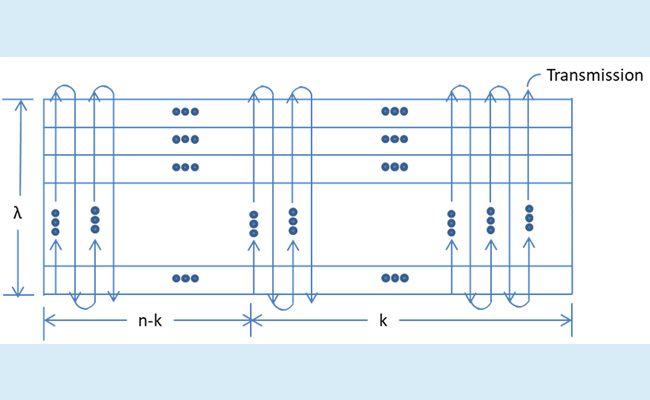
|
What is FEC, and How Do I Use It?
By Cathy Liu
Looking into advanced error code correction? Many techniques involve forward error correction. But what exactly is that and how does it relate to your design? Cathy Liu spells it out in this article.
|

|
Characterizing & Debugging EMI Issues for Wireless and IoT Products
By Kenneth Wyatt
An increasing number of manufacturers are adding or retrofitting wireless technology into new or existing products. These products typically include mobile, household, industrial, scientific, and medical (ISM) devices. This transition towards “everything wireless” is in full swing, and with it comes problems with electromagnetic interference (EMI) from the product itself interfering with sensitive on-board cellular, GPS/GNSS, and Wi-Fi/Bluetooth receivers. Read on to find out what to do about it.
|
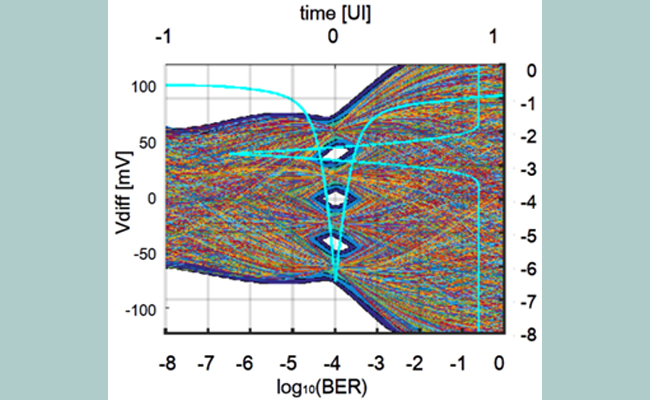
|
Feedforward Equalizer Location Study for High-Speed Serial Systems
By Kevin Zheng, Boris Murmann, Hongtao Zhang, and
Geoff Zhang
Data converter based SerDes designs are gaining popularity due to their architecture flexibility as well as the capability to implement FFE through powerful DSP. This paper provides a theoretical analysis, realistic simulations and practical comparisons between TX side FFE and RX side FFE.
|
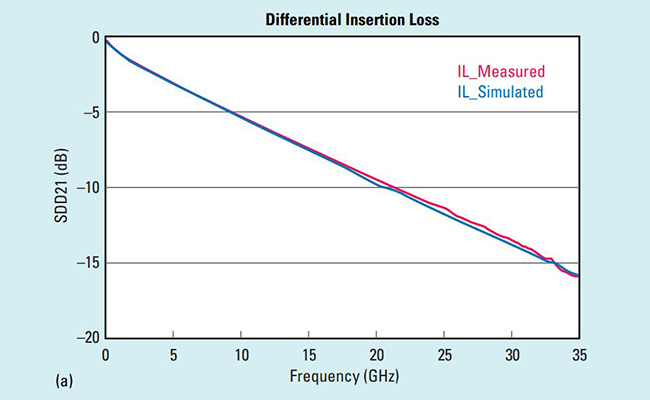
|
Demystifying PCB Transmission Line Interconnect Modeling
By Bert Simonovich
When starting a new project, board designers are often overwhelmed when trying to choose appropriate diff pair geometry, board material, and stackup to meet high-speed serial link loss budgets. Part of the printed circuit board (PCB) interconnect challenge is modeling transmission lines accurately.
|

|
Resonances in Coaxial Connectors and the Impact of the Return Path Vias
By Dror Haviv
Why does a low cost through-hole SMA have a lower bandwidth than a surface mount SMA? The answer will surprise you. A coaxial connector is an electrical connector designed to work at frequencies in the multi-GHz range. Coaxial connectors are widely used in high-speed analog and digital applications. Read on to discover more.
|
 |

The preceding is from Signal Integrity Journal™, owned by Horizon House Publications Inc., at 685 Canton St., Norwood, MA, 02062, USA. We are online at www.signalintegrityjournal.com and are also available at 781-769-9750. Copyright © 2019. All Rights Reserved. Your email address has not been given to any Third Parties. You have been selected to receive this email because you opted-in to receive information when you provided your email address to Signal Integrity Journal™. To ensure deliverability of emails from Signal Integrity Journal™, we recommend that you whitelist our domain address: mwjournalemails.com.
Unsubscribe/Update Profile | Browser View | Forward to a Friend | Privacy | Subscribe to Signal Integrity Journal
|
|



